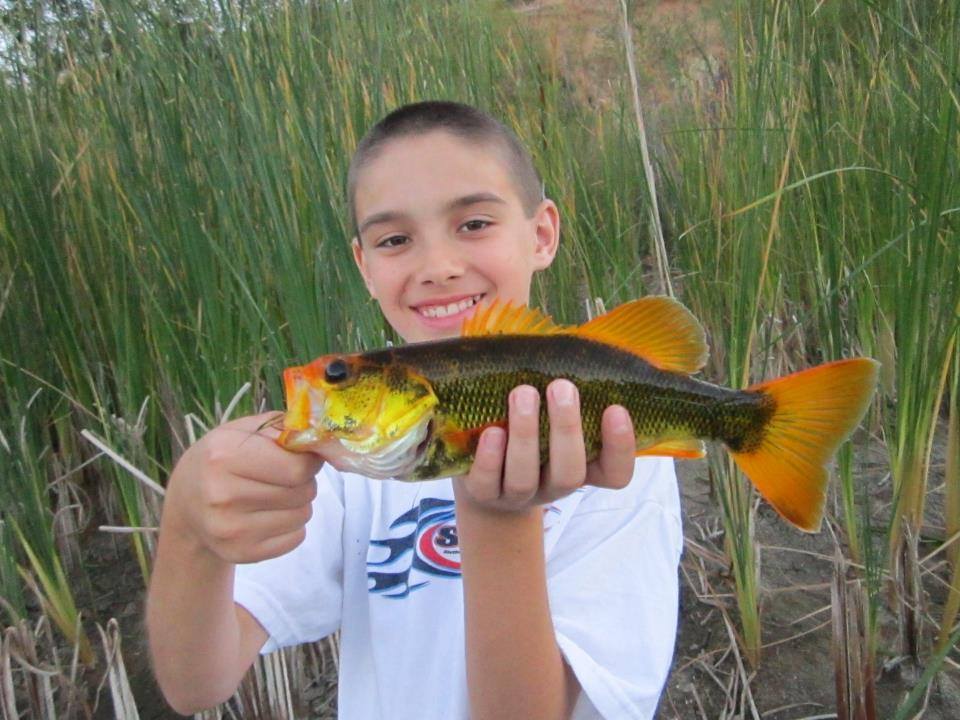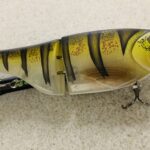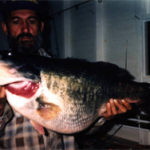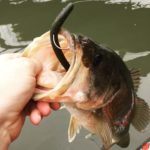24 Incredible Largemouth Bass Facts
The Largemouth bass is an incredible fish and sought after by anglers around the world. This list of 24 incredible bass facts covers a wide range of largemouth bass information – from biology to history.
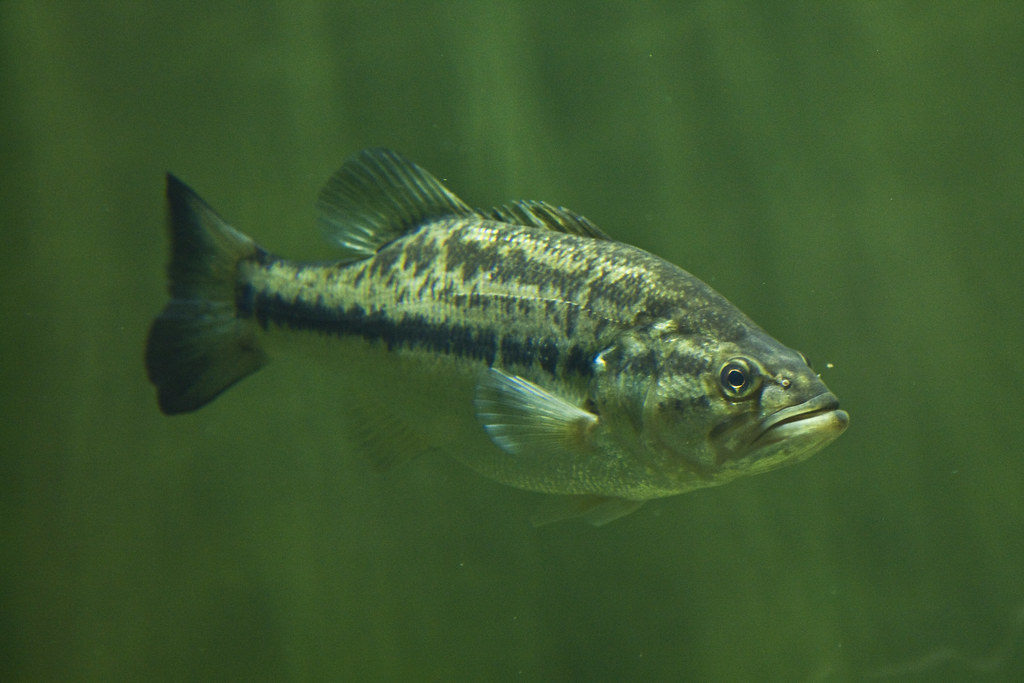
Largemouth Bass Underwater, photo cred: “IMG_1169” by jprime84
1. The first rule of fishing is you never leave fish in order to find more fish! As little as 10% of the angling population account for 80% of all bass caught.
2. Largemouth bass are the most intelligent freshwater fish & are able to distinguish & avoid specific lures after only one encounter. According to the IGFA, some bass lakes believed to be “fished out” contain plenty of bass, but the fish have learned to recognize virtually all the lures in common use on the lake. In such cases, a bait that is new to them will often work where others have failed.
3. The Largemouth bass was first described as a new species in 1802 by the French naturalist La Cépède. He relied on drawings and reports sent to him from a colleague in South Carolina. The largemouth bass is now the most popular game fish in America.
4. Largemouth bass live 16 years on average. The oldest known bass was 23 years old.
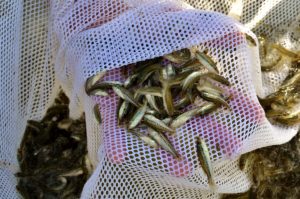
Baby Bass In Net, photo cred: “DSC_4664” by MyFWCmedia
5. During the spawn male bass will nudge females to help stimulate the release of eggs. Usually bass will spawn when they are one year old and approximately one pound in size in ponds in the south. In reservoirs and streams they may reach 6 to 7 inches at age one and spawn at age two. After spawning with a female is complete, male bass remain at the nest to guard the eggs and then the newly hatched fry.
6. Bass have a protective layer of mucus covering their body that helps prevent parasites and infections. Wet your hands and don’t allow the fish to touch the ground to prevent the bass from losing its slime.
7. Largemouth bass are described as having a fusiform body shape – that means they have a torpedo-like body that is tapered at both the head and the tail. The longest largemouth bass ever recorded was 29.5 inches long!
8. The largemouth bass is the freshwater state fish of Alabama, Georgia, Mississippi and Florida.
9. Only about 10% of any given body of water has the right combo of structure, cover, food, temp, oxygen content, etc. that quality bass are looking for and an overwhelming majority of the bass can be found there. The other 90% is void of good-sized fish.
10. Bass have an inner ear bone that can pick up small frequencies of sound like the movement of a crawfish.
11. Largemouth bass typically rely on camouflage to ambush their prey and can make quick short bursts with swimming speeds of 18-20 miles per hour. Just how fast can a bass swim? They can swim in bursts of more than 3 body lengths per second. That means a 20 inch bass could travel close to 5 feet in just 1 second.
12. Bass don’t always “strike”. Anglers must stay alert to feel for the gentle “mouthing” of a bait or lure and be aware that if your line is slowly moving it’s time to set the hook!
13. An angler from California named Mac Weakley actually caught the largest largemouth bass ever (25.1 pounds) in 2006 but it did not count towards any records because he foul-hooked it!
14. It is a common belief that schooling bass are only small fish. While this is sometimes true, bass tend to run in groups of fish that are the same size and age. Thus, somewhere on the lake there are schools of larger bass. They are usually in deeper holding areas than most anglers are targeting. Fewer fish reach old age so schools of larger size fish generally contain less fish than schools of small bass.
15. Many anglers practice what is known as CPR – Catch, Photo and Release. Bass respond well to catch and release because of their hardiness and they have the ability to withstand repeated hook injuries without compromising their ability to feed or causing damage to their gills.
16. When bass migrate, or temporarily move, they do not actually disperse and span out. Rather, they travel together in orderly fashion along underwater highways using structural variations as “signposts” to show them the way. This is very similar to the trails that deer use.
17. Largemouth are the most adaptable of all the bass species. They do just fine even if the water is warm, cold, shallow, deep, murky or clear.
18. Bass know the amount of energy they must expend in relation to the reward they receive. This is why big bass often seem lazy or uninterested even in the presence of excellent food options.
19. Bass are cold-blooded animals which means their body temperatures are the same temperature as the water in which they inhabit. Largemouth bass are most comfortable in water temperatures between 65° and 75°. As the water temperature warms, the metabolism of largemouth bass increases and they must feed more often.
20. Bass have ctenoid scales that are jagged around the edges and that overlap slightly to allow greater flexibility in movement. The other type of fish scale is cycloid. Cycloid scales are rounded and smooth and can be found on fish like carp and salmon.
21. Bass see in color and have eyes similar to humans (cornea, retina, pupil), but their eyes are rounder than humans to handle the light refraction that occurs underwater.
24. The operculum (gill plate) of a bass is the flexible bony plate that covers and protects the gills. Gills are the bright red feathery vascularized organs located on either side of the throat that allow bass to breathe in water. As water flows through the mouth and past the gills, dissolved oxygen is absorbed allowing the fish to breathe.


